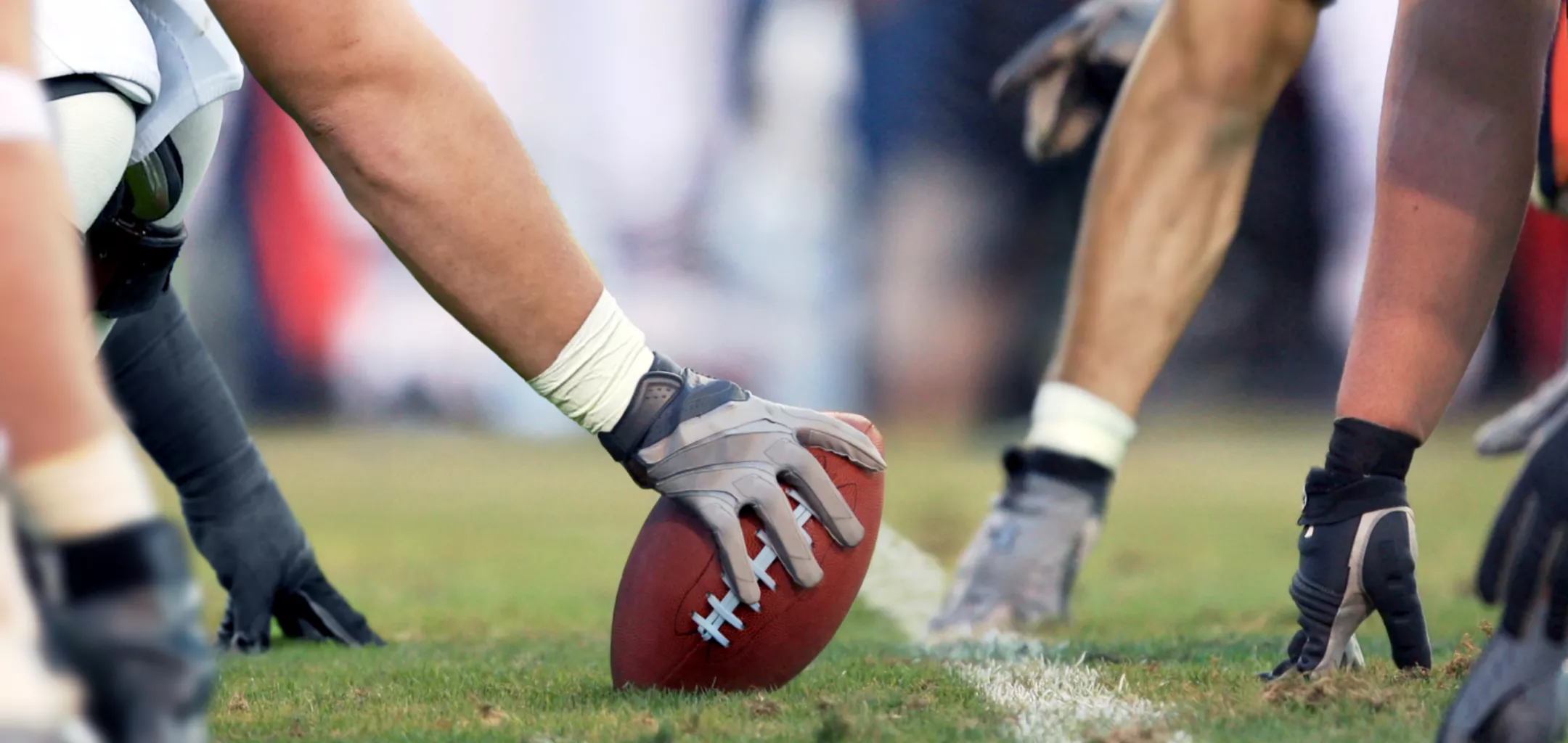Friday Night Lights
3 Mins


If I had to vote for the best high school football movie of all time, there would be a few contenders, but my vote would go to the 2004 movie, Friday Night Lights. Everything about that movie works, from the opening scene all the way to the 1988 Texas State Championship football game. Based on the book of the same title, a book that Sports Illustrated called “The Best Football Book of All Time”, Friday Night Lights follows the Odessa, Texas, Permian Panthers High School football team throughout their memorable 1988 season. Even though the Panthers lost the championship game, the life lessons for all of us abound.
Playing organized sports, whether it is at the highest level of high school competition, or at the most low-key recreational levels, is almost always a positive experience for the players. Becoming a stronger, more skilled athlete, learning the virtues of humility, competition, teamwork, fortitude, and other “life lessons” make participation in sports, at any level, something to be encouraged.
As the real-life Panther quarterback, Mike Winchell, said at the 25th anniversary of their 1988 season, “It made me a better person.” I have no doubt that it did.
But there is something else about the movie that I love, and it comes at the end of the movie, as the credits are about to roll, as people in the theaters back in 2004 were probably getting their things together, standing up, and heading for the theater exits. It’s then that the film lets us know where the players are now. You know the montage, short snippets of the film’s actors portraying the real-life players, with a written sentence or two at the bottom of the screen providing an epilogue to the lives of the players we’ve just watched playing football at the highest high school level.
The epilogue always starts the same. We see the player/actor in a clip from the film we just watched, and for a couple of seconds there is nothing printed beneath the player-actor’s name. During these two or three seconds, if you’re like me, you’re guessing where the player ended up. At the end of Friday Night Lights, almost all my guesses had something to do with professional sports.
Such is not the case with the 1988 Permian Panthers.
Brain Chavez graduated from Harvard and is now a criminal lawyer in Odessa.
Don Billingsley graduated from East Central University and now sells insurance in Dallas. He continues to be close to his father.
Ivory Christian was the only senior to receive an NCAA Division 1 Football scholarship. He lives in Odessa and works as a long-haul truck driver.
Boobie Miles played football in junior college. He lives in Monahans, Texas with his four-year-old twins.
Mike Winchell played football his freshman year at Baylor University. He is now a surveyor living in north Texas.
The message here is clear. After high school football, at the highest level in the State of Texas, the stars of the team, “went pro” in something other than football.
Youth athletics instills many positive traits in our young athletes, but it is the player’s brain that is most worth protecting for that player’s future. Yes, we always want to encourage our young athletes to play, to learn, to grow by playing their sports, but we want to do so with real awareness that it is cognitive health that will be their greatest asset as they move forward in life. Protecting their cognitive health is our number one priority.
As former Panther linebacker, Ivory Christian, said about high school football, “It made me a better person. It’s one part of your life, it’s not your whole life. You’re going to graduate eventually, you’re going to move on, but the things you learn in high school, especially at Permian, they’re going to last a lifetime.”

